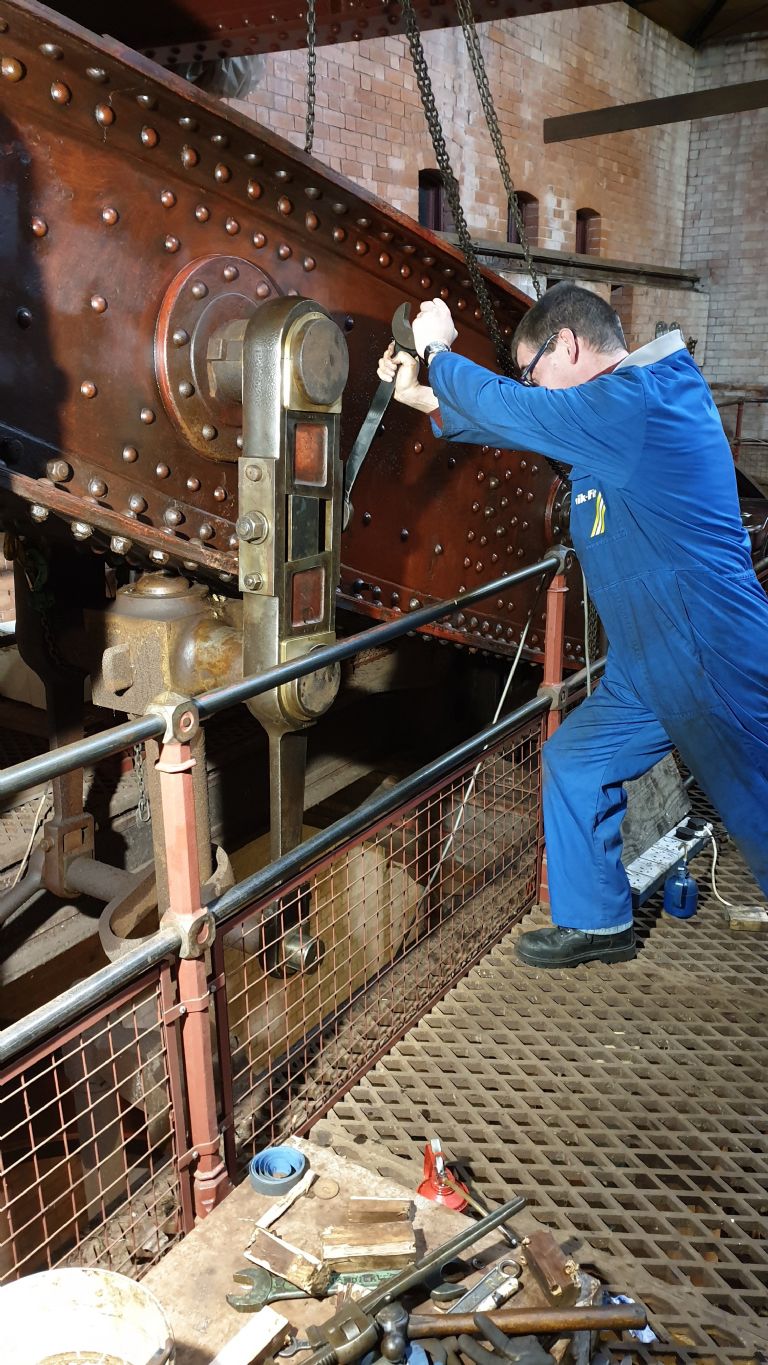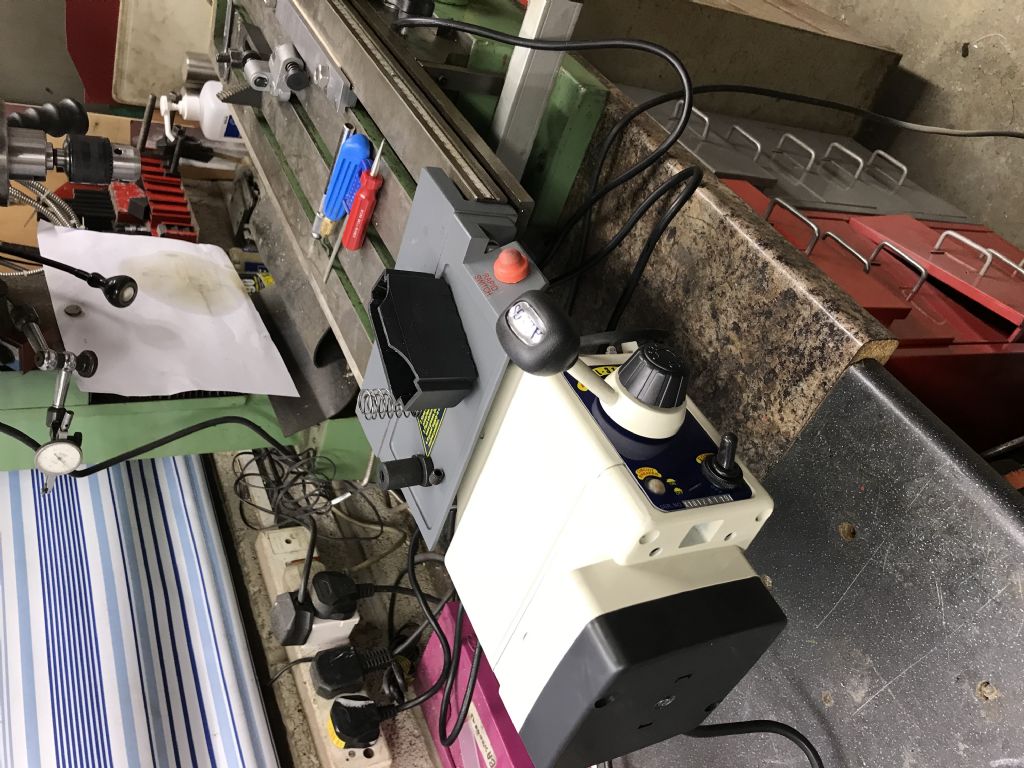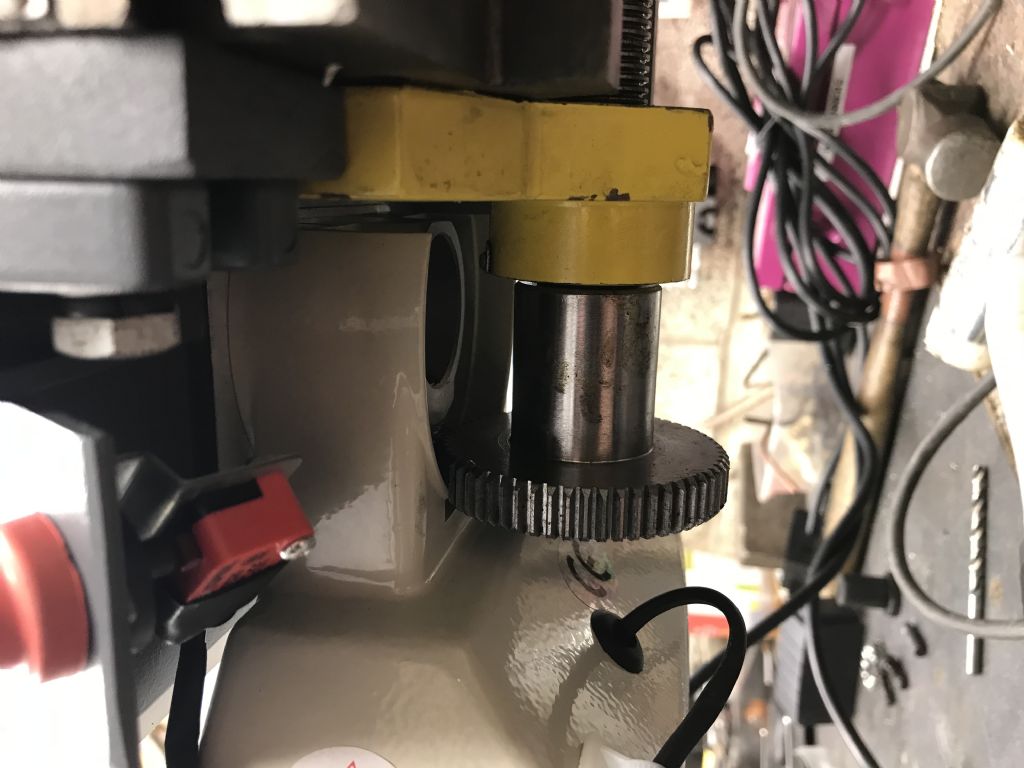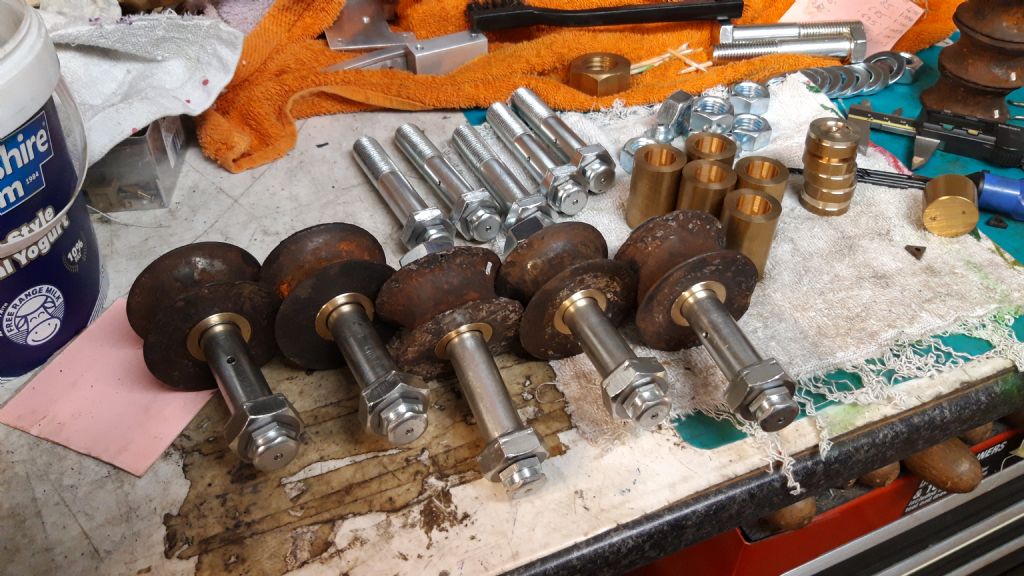I don't think anyone is "fudging" or "bodging" anything, Andrew, you'll be glad to read! Anyway, anyone who does, is hardly likely to admit it on this site!  .
.
Well, I was going to carry on in the workshop today, erecting the hoist columns I painted over the last couple of days, and emulsioning the walls. Unfortunately pains in my replaced knees mean I overdid things a bit previously, re-arranging the home. So a day or rest from physical labours – but I can get on with designing my engine's cylinders, or the hoist's travelling-beam and crab.
I'm making the compound cylinders from a rectangular cast-iron block with fabricated valve-chests, also CI. I've arrived at an outline reasonably compatible with the photos and contemporary practice observed on a few preserved Hindley stationary-engines. For I have no drawings for this thing, and the engine is an enclosed inverted-vertical compound placed between the crew seats, so nearly as highly visible as an over-type engine.
To make it more fun, Hindleys, the original builders, kept changing details on their under-type and vertical-engine wagons, so the pictures show no one exactly matching another. When I started the project too many years ago this held me up for a long time because the outline drawing using trade-review dimensions and scaling the accompanying broadside and front photos, was all out of proportion. Only when further photos came to light, did I realise the vehicle photographed for that Commercial Motor magazine review was not the specimen actually described.
It helped me greatly to find some very old engineering text-books to give me general details and proportions of machine details typical of the time. The NTET reprint of an Edwardian manual for steam road vehicle owners and drivers, for example, showed me the principles I needed for the front axle with Ackermann steering, and rear axle with a chain-driven differential. The photos vaguely showed enough of the front to get the assembly looking right (including vertical king-pins, not good practice but that of the Bourton works); but none showed the rear axle.
Quite a few model-engineers with greater experience than mine but whose own engines are from published, proven designs and usually of prototypes still existing in the steel, gravely shook their heads and pronounced it very brave to embark on an ambitious project to model an extinct vehicle from merely a few old publicity photos. trade reviews and two patent specifications! I do not claim it is an "exact" replica of a specific vehicle because that is impossible in this case. I aim to build it as well as I can, and as faithfully as possible to the North Dorset firm who built the originals, and to the design practices of their time. When I started, some of my fellow club members joked some nonagenarian will take one look and say, "That's not right: I remember five bolts, not six, on that bit!". No chance of that now, Hindley may have later used seven bolts, and it won't give the modern rivet-counters an excuse either.
''''
And whilst in indoor mode, not forgetting starting the Christmas cards: two have to go abroad!
 Steviegtr.
Steviegtr.

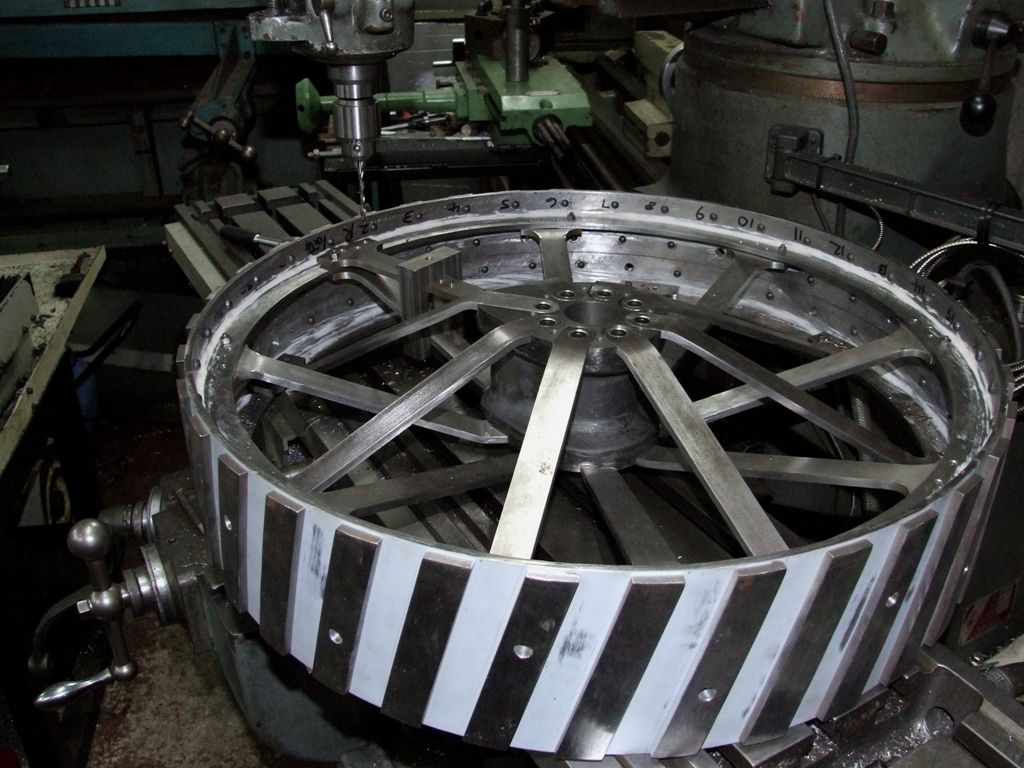
 .
.